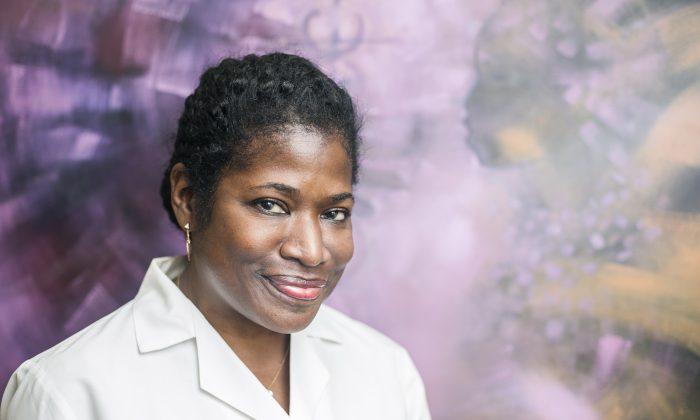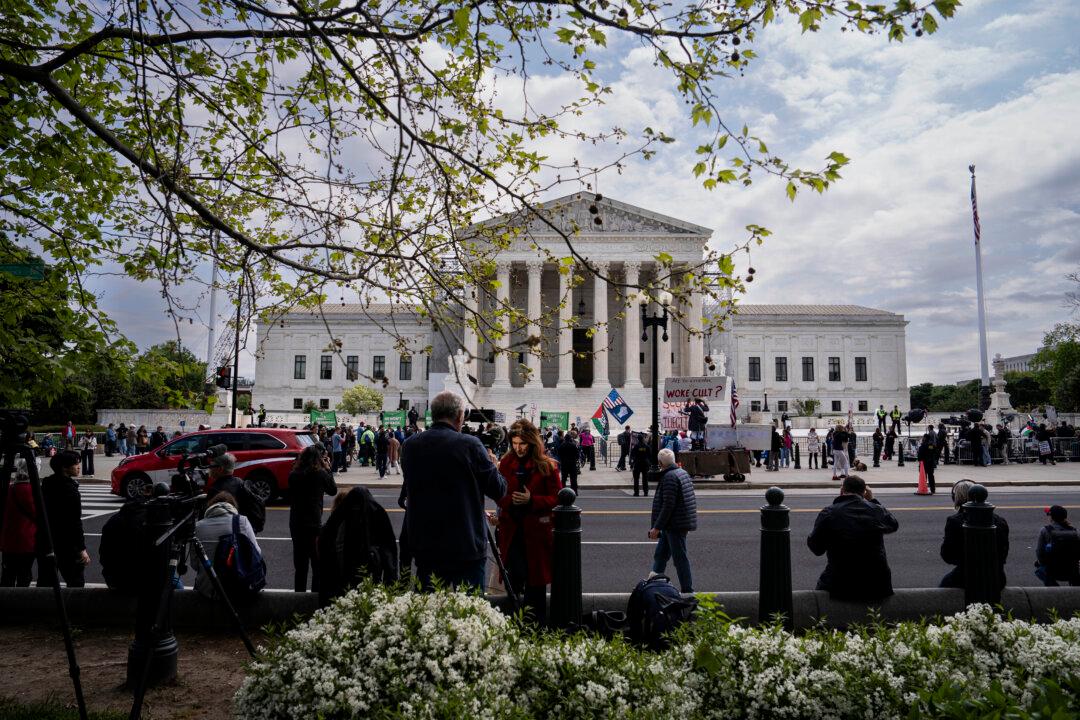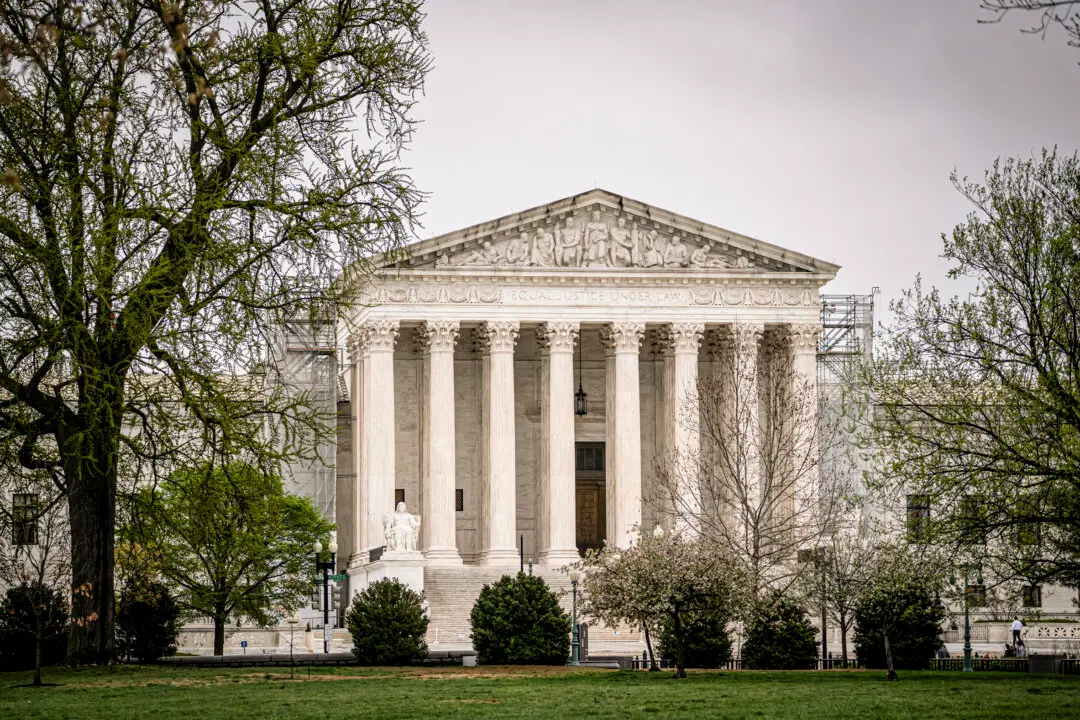Do your legs feel heavy? Is it a discomfort that you can’t quite describe in words? If so, it may be time to see a vein specialist.
There is a common misconception that only if you have varicose veins—those bulky, twisting, rope-like veins—that you need to see a vein specialist. That is not the case.
Dr. Donna Mendes, a senior vascular surgeon at Mount Sinai Health System, emphasizes the importance of vein checkups if you feel any kind of discomfort; there can be something amiss in your veins even if you can’t see the signs yet.
“If anyone has questions about why their legs don’t feel good, they should be referred to a vascular or vein specialist,” said Dr. Mendes, who currently runs her own clinic called Mendes Vein Care in Midtown Manhattan.
Veins have one-way valves that help direct blood back up to your heart. These valves can easily be weakened or damaged with age, being overweight, standing or sitting for long periods of time or pregnancy. Having a family history of varicose veins also increases your risk.
Damaged veins allow blood to pool in the legs creating a sensation of heaviness, one of the symptom patients often present with.
“If your veins aren’t working properly, there is a backup of blood in the legs, almost like the George Washington Bridge during rush hour,” Dr. Mendes said.
If a vein problem goes unchecked, it can lead to serious health problems such as deep vein thrombosis, a blood clot that forms deep in the leg. Clots can also travel to an artery in the lungs and obstruct blood flow.
Minimally Invasive Treatment
Fortunately, you no longer need to go to a hospital or have open surgery to treat your veins. Minimally invasive laser procedures are performed in the doctor’s office.
Dr. Mendes performs endovenous laser treatments (EVLT), which close off a malfunctioning vein with laser energy. The vein closes and scars and your body eventually absorbs it. Blood is re-routed to normal veins.
The procedure is a big improvement over surgical vein stripping, where incisions are made in the groin and ankle or knee, and the whole vein is physically pulled out.
EVLT takes 45 minutes to an hour, requires only local anesthesia, and one small incision the size of an ear piercing. Sometimes Dr. Mendes combines it with sclerotherapy, which involves injecting a bit of solution to help the vein close. Patients can walk immediately afterward.
Some people wonder if the procedure burns—it doesn’t and is essentially painless.
And Dr. Mendes takes extra care to make sure patients are comfortable during treatments.
“Music is extremely important during a procedure,” said Dr. Mendes, who has been doing EVLT since 2007. “Patients can either bring earphones or we play whatever they want to listen to.”
Like surgical treatment, the recurrence rate after a laser procedure is extremely low.
But Dr. Mendes said it is important to follow up after the initial treatment. She usually sees her patients two weeks after the procedure, then one month later, then once a year.
Mendes Vein Care
10 W. 66th St., #1B
New York, NY 10023
212-302-3051





